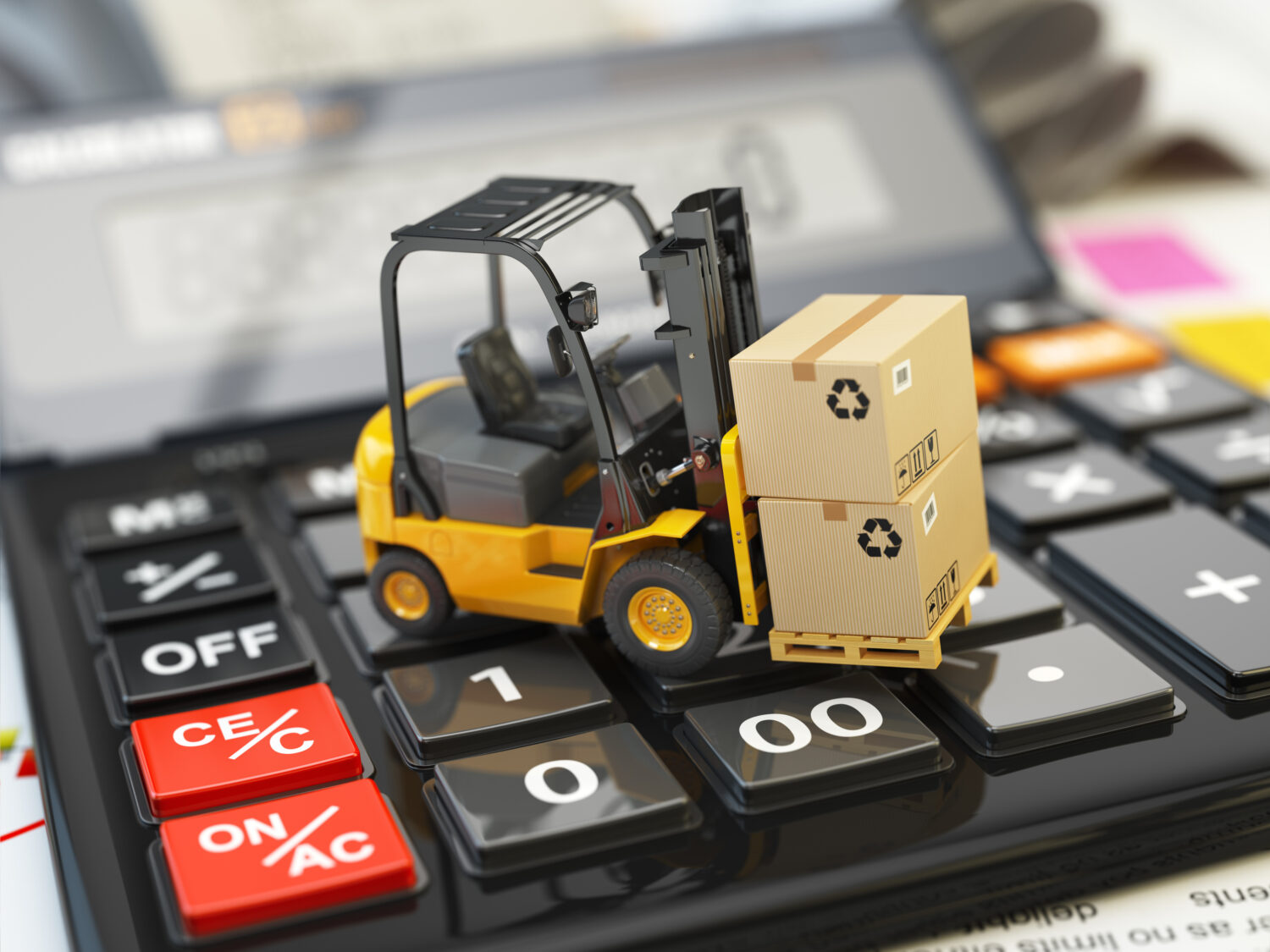Check out our warehouse space calculator here!
One of the most commonly asked questions by those looking to partner with commercial storage facilities is how warehousing costs are calculated.
When it comes to warehousing, prices are dependent upon more than just the amount of storage space being used. Every decision made in a warehouse has an impact on overall productivity and, therefore, cost.
Warehouse calculations consider factors such as space utilization, labor costs, and inventory management, and for businesses seeking warehousing services, understanding the complexity of these factors is key to making the best choice for their needs.
Space Utilization
Although it is not the only factor in calculating warehousing costs, space utilization does influence the final equation.
Warehouse calculations can fluctuate for the same amount of goods due to the configuration of storage space needed. For instance, pallets that can be stacked on top of each other may take up a smaller footprint than pallets that can only be stored adjacently or on shelves.
Space utilization is about more than the square footage taken up by goods, however. It's about improving how products are organized, how easily they can be accessed, and how quickly they can be moved in and out.
Effective use of storage space directly impacts how smoothly and efficiently the warehouse operates and creates the right balance between storage, workflow, and safety. If space isn't utilized properly, it can lead to wasted areas, longer retrieval times, and ultimately higher costs.
A well-organized warehouse, with products stored where they are most needed, cuts down on unnecessary movement, allowing for quicker turnover and better order fulfillment. This includes placing high-demand goods in more prominent positions, providing easier access to these quick moving items. In addition to making the most effective use of that allotted space, this choice also aids in cutting down the amount of required labor, further lowering warehousing costs.
Labor Costs
Proper use of labor is a major driver of warehousing costs as well. As much as companies are paying for space within a warehouse, they’re also paying for the movement of their goods as inventory fluctuates.
A good warehousing partner will conduct these tasks as efficiently as possible, helping to keep the labor costs down. This can take a number of forms, depending on the needs of the company as well as the size of the warehouse. A great example of this is the choice between automation versus manual labor.
Automation has its place among larger warehouses that deal with high volume and repetitive tasks, but it does come with a steeper upfront cost. Manual labor is oftentimes used by smaller warehouses and is usually better suited to specialized handling, custom packing, and clients whose needs require more flexibility.
Something else to consider is the nature of work being done, such as picking, packing, or shipping. The faster and more resourcefully orders can be picked, packed, and shipped, the lower the cost of labor.
During peak seasons or promotional periods, labor demands can increase significantly. This is why warehouse labor costs can change and are not easily standardized.
In the end, labor efficiency goes beyond workforce size or technology choices. It’s about finding ways to optimize each task to adapt to shifting demands, lowering operational expenses through effective labor practices, and ultimately contributing to total warehousing costs.
Inventory Management
Inventory management is an essential aspect of warehousing that contributes to both the overall process as well as total costs.
Managing inventory isn’t just about keeping tabs on how much stock is in the warehouse, although that is an important part of it. It’s also about assessing customer demand patterns, evaluating product turnover rates, and tracking sales trends.
Proper inventory management requires ongoing adjustments over time to keep up with ever-changing supply levels, ensuring that there is always enough product on-hand to fulfill orders while simultaneously avoiding overstock that ties up valuable warehouse space, increases holding costs, and risks products becoming obsolete or expired.
By staying on top of inventory turnover and maintaining the right levels of safety stock, warehouses can keep operations running smoothly without incurring unnecessary expenses that may inflate overall warehousing prices.
Conclusion
Warehousing costs are influenced by more than just the square footage occupied by goods within a storage facility. The final price depends on how efficiently the warehouse operates, particularly in key areas like space utilization, labor costs, and inventory management. These factors are interconnected, with changes in one area potentially affecting the others, either driving costs up or helping to reduce them.
Contact us today to learn how Midwest Assembly, Warehouse & Distribution can optimize your warehousing needs and help you achieve greater efficiency.

